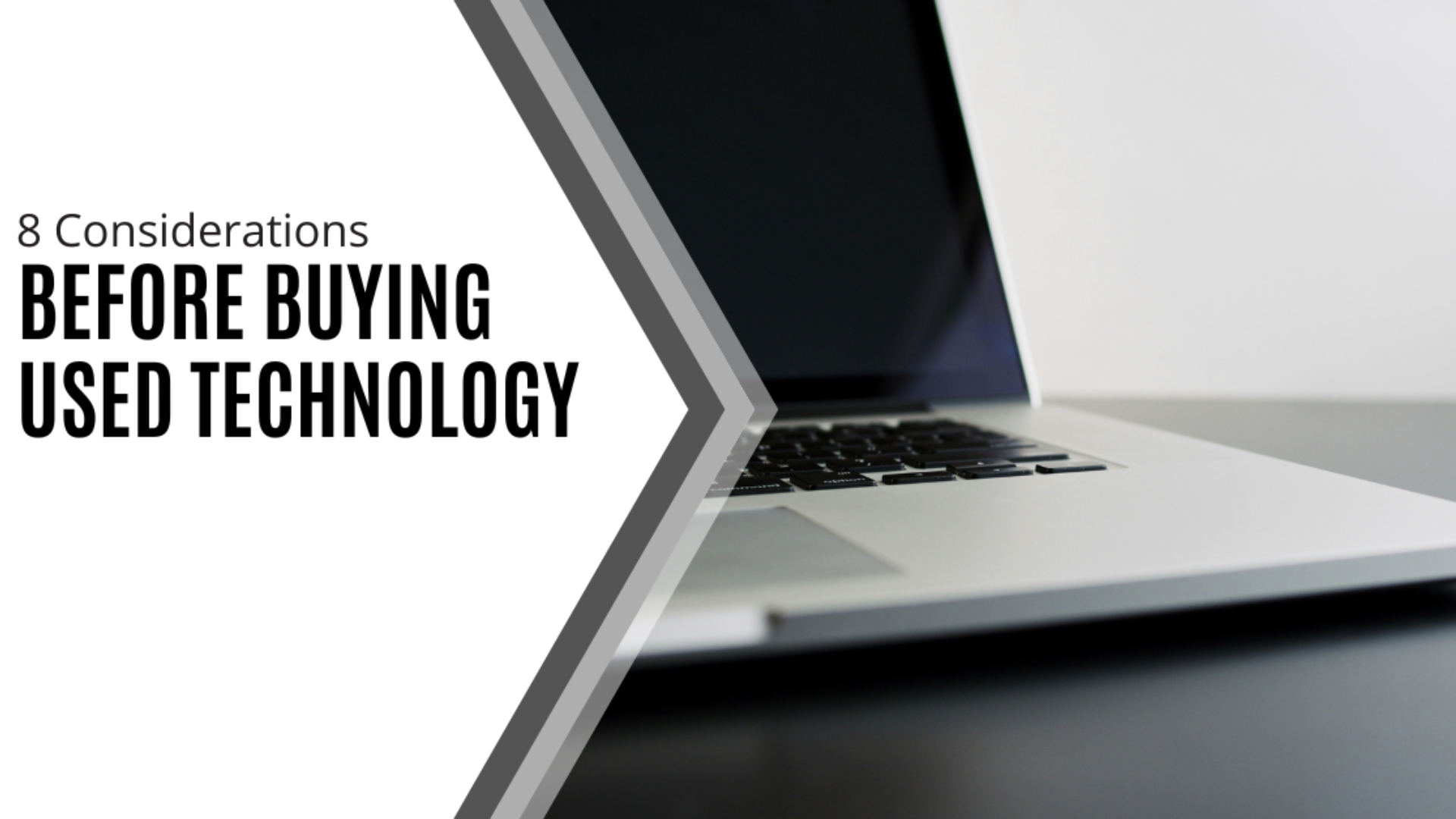How Small Businesses Can Approach Workforce Technology Modernization
Technology plays a pivotal role in driving efficiency, productivity, and competitiveness. For small businesses, workforce technology modernization is...
Did your company’s software system once feel streamlined and agile, but now resembles a convoluted mess of quick fixes and temporary solutions? Welcome to the world of technical debt. This insidious issue gradually builds up, silently undermining your operational efficiency over time.
Think of technical debt as the interest you pay on a loan you never intended to take. Technical debt accumulates when companies choose shortcut IT solutions. Rather than better, longer, more sustainable ones.
Initially, it seems harmless. But as your system grows, those hasty decisions compound. This slows down progress and creates future complications.
Addressing technical debt is essential for maintaining a robust, efficient technology environment. Here are eight strategies to tackle technical debt at your company.
The initial step in managing technical debt is identifying it accurately. By concentrating on the most pressing issues first, you can channel your efforts into changes that deliver the highest value.
Incorporating debt management into your workflow ensures continuous attention to technical debt. This helps maintain a balance between new development and debt reduction.
Educating your team about technical debt is crucial. It helps prevent new debt and addresses existing issues. Training and knowledge sharing foster a culture of quality and long-term thinking.
Good documentation is essential for understanding and addressing technical debt. It provides a clear reference for current and future team members.
Regular updates and system refactoring help keep technical debt under control. This involves making small, manageable changes to improve technology quality.
Optimized security practices ensure that changes do not introduce new issues. Comprehensive security measures help maintain system reliability and performance.
Effective dependency management reduces the risk of introducing technical debt. Keeping track of and updating dependencies ensures compatibility and security.
A culture of continuous improvement helps address technical debt proactively. Encourage learning, celebrating successes, and regular reflection. This drives ongoing enhancement.
Proactively tackling technical debt guarantees that your systems stay scalable, maintainable, and secure. This strategic approach empowers your business to excel in a competitive market.
Our technology team takes a proactive and long-term approach. We do things right the first time and don’t take shortcuts. This reduces the risk of accumulating technical debt.
Contact us today to schedule a chat about enhancing your IT systems.
Newport Solutions has been helping small businesses in Orange County, CA for almost 20 years. Our dedicated team provides comprehensive IT services, ensuring your business operates smoothly and efficiently. From IT support to cybersecurity, we've got you covered. Discover how we can become your business's IT department today.
We proudly serve the following areas: Newport Beach, Irvine, Costa Mesa, and the greater Orange County region.

Technology plays a pivotal role in driving efficiency, productivity, and competitiveness. For small businesses, workforce technology modernization is...

We rely on our devices every day, and they need to meet our needs efficiently. A slow or broken phone or laptop can be a major inconvenience and...

What is a Smart Home? A smart home utilizes technology to manage various aspects of daily life, such as switching lights on and off and unlocking...